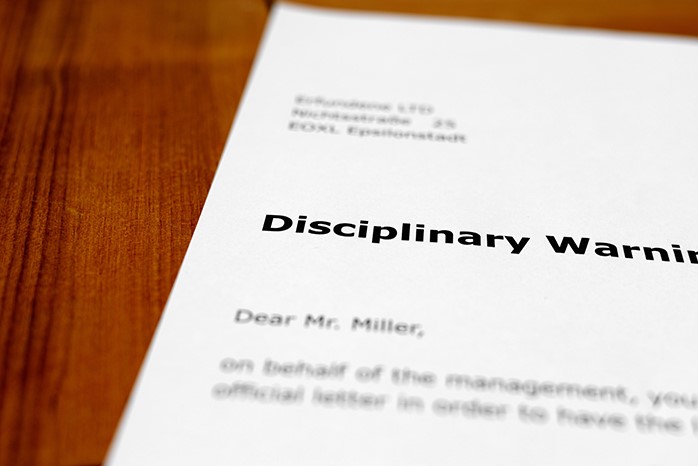
By Kristen Cifolelli, courtesy SBAM Approved Partner ASE
Creating a solid documentation trail is critical for employers when working with an employee on performance issues. Documentation creates a written history of the happenings and discussions that occur around specific events. In a legal proceeding, having documentation about the employee’s past performance is key to obtaining an outcome favorable to the employer.
Most employers have a progressive discipline policy that involves providing feedback in series of increasingly more formal communications starting with verbal warnings and ending with written warnings prior to a termination decision. Determining how, when, and what to include in performance documentation can often be tricky. Here are some best practice guidelines regarding creating solid documentation:
Document Verbal Warnings – Often questions arise regarding whether a verbal warning needs to be documented in writing. There is no legal definition of what constitutes a write up or what has to be included in a personnel file. Therefore, even recollections of verbal performance discussions can be evidence in a legal proceeding. However, not having a written record of a verbal discussion can make it difficult to prove at a later date and often comes down to the employee’s version of the event vs. the supervisor’s. Therefore, a best practice is to document a verbal warning in some manner. At a minimum, managers should keep a log with notes regarding what was discussed and the date it was discussed. An even better practice is to send a summary of the discussion to the employee. This provides a time-stamped record of the discussion and paper trail of the performance issue.
What should be included in a written warning – The following details should be included in a written warning:
- The date the warning was issued.
- The name of the employee.
- The name and position of the individual issuing the written performance discipline
- The type of discipline (written warning, suspension, etc.).
- A detailed description of the performance issue or incident including the date that it happened.
- Supporting documents – in some cases it may be helpful to include supporting documents as evidence to the written warning (such as photos, other emails, etc.). Generally, referring to supporting pieces of evidence in the written warning should be sufficient, but there may be times that including the evidence is helpful. Employers should always keep any supporting evidence in their investigatory files.
- References to previous disciplinary discussions or warnings – this helps to show a pattern of performance issues that will help to bolster any termination decision that may be needed down the road. Any previous warnings should be related to the current performance issue.
- The specific policy and/or procedure that was violated.
- Detail the impact of the issue to the organization – detailing the impact of the issue such as a loss of productivity, financial impact, etc. helps to underscore the severity of the problem.
- Consequences of continued performance issues – this will impart the seriousness of the issue and leave no doubt of what might happen. Typical verbiage includes a statement such as, further violations of the organization’s policies or continued poor performance will result in further discipline up to and including termination.
The writer should ensure that enough detail is provided so that an outside third party can get a clear idea of what happened, even if read at a much later date.
When it comes to written documentation, employers should ensure that they stick to factual documentation versus coming to a generalized legal conclusion, such as the employee committed harassment or discrimination. In order to terminate an employee, generally all that is needed is to show the employee violated a policy. If the employer documents what they believe is a legal conclusion, this can be an admission of legal liability vs. an internal policy violation.
Using these best practice guidelines should help protect the organization and strengthen the employer’s position if they need to terminate an employee.